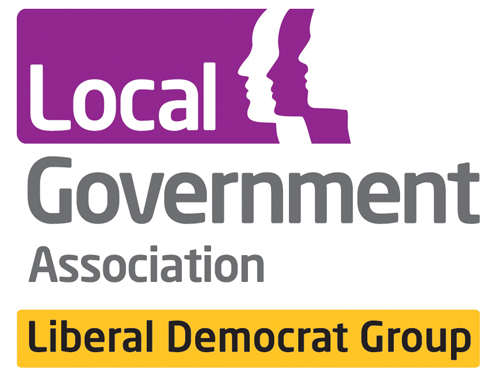
Councils are only able to replace a third of homes currently being sold under the Right to Buy (RTB) scheme, forcing them to sell off enough affordable homes to house the population of a city the size of Reading, Canterbury or Oxford, in the past five years.
Councils are only allowed to keep a third of all receipts from sold RTB homes and are prevented from borrowing to make up the shortfall. Further complex rules and restrictions are also hampering the ability of councils to rapidly replace homes.
As a result, 12,826 homes were sold off under the scheme in 2016/17, with councils only able to start 4,475 homes in replacement.
Since 2012, a total of 54,581 homes have been sold off and just 12,472 replacement homes started, leaving a shortfall of 42,109 homes – enough to house 168,000 people if each home included four family members.
That is equivalent to the population of Reading, Canterbury or Oxford.
The LGA wants councils to retain 100 per cent of Right to Buy sales receipts and have more freedom to borrow to invest and to set rents, as well as the flexibility to determine how they implement Right to Buy locally.
This should be part of a wider ambition to allow councils to resume their historic role as a major builder of new affordable homes. More than 250,000 homes a year are needed to solve our housing shortage. The last time this country hit that number, in the 1970s, councils built more than 40 per cent of new homes.
Cllr Adele Morris, the LGA Lib Dem Group’s Housing Spokesperson, said:
“Families around the country desperately need more homes they can afford to rent or buy. A model of Right to Buy that actually allows councils to build more homes would vastly increase the opportunities for these families.
“Current RTB arrangements are restricting councils from being able to replace homes being sold under the scheme. RTB will quickly become a thing of the past in England if councils continue to be prevented from building new homes and replacing those sold.
“If we are to stand a real chance of solving our housing shortage, councils need the funding and powers to replace any homes sold under RTB quickly and reinvest in building more of the genuinely affordable homes our communities desperately need.
“While the Autumn Budget showed some limited movement over some councils having more flexibility to borrow to invest in new housing, it is unclear at the moment which authorities will count as “high demand” and the borrowing cap needs to be lifted for all councils.
“The government also needs to hand councils the ability to retain 100 per cent of receipts from sales, combine those receipts with other funding to build replacements and set RTB discounts locally so they reflect the cost of houses in the area.”
NOTES TO EDITORS:
- Right to Buy sales and replacement home starts data can be found here.
- DCLG’s Housebuilding statistics reveal that there were 161,230 new homes built in 2016/7.
- City population sizes are based on the latest ONS Population Estimates. The city of Reading has a population of 162,700, according to the Office of National Statistics’ latest estimates. Oxford has a population of 161,300 and Canterbury’s population is approximately 162,400, meaning councils would not only be able to provide enough homes for Reading, but also nearly 3,000 extra homes accommodating 11,640 more people.
- LGA analysis took the amount of homes sold in the last five years (54,581) and subtracted the number started in replacement (12,472). Multiplying the shortfall (43,585) by 4, assuming an average family of 2 adults and 2 children live in each home determines councils sold off enough homes to house 168,436 people. According to government statistics, 40 per cent of families with dependent children have two children.
- The LGA’s Autumn Budget submission included proposals for how giving councils powers and access to funding could spark a renaissance in council housebuilding.